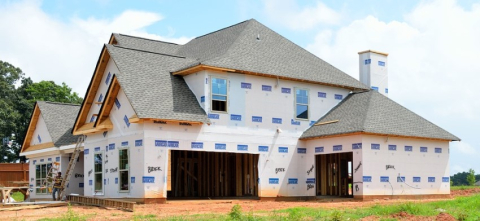A recent study illustrates how new market-rate housing construction in one part of town, especially in markets with low vacancy rates, improves housing affordability for lower income residents in other parts. This occurs because newly built homes and low-income neighborhoods are connected to each other via a complex housing ecosystem, according to economist Evan Mast’s recent study for the Upjohn Institute. Through address matching, Mast traced the chain of moves triggered when new homes are purchased.

This concept is similar to a game of musical chairs, noted one reviewer:
"We all know the old child’s game musical chairs, where children circle a group of chairs (where there’s one less chair than children). The kids constantly move while the music plays. But when the music stops, everyone has to sit down. Whoever doesn’t find a seat and is left standing is removed from the game. Tight housing markets are like that: if there aren’t enough houses (chairs) someone ends up on the outside looking in, and in markets it’s not the slowest kid, but the poorest household."
Many Vermont communities have very low vacancy rates. The rental vacancy rate in Chittenden County was 2.8 percent as of 2017, while healthy housing markets have vacancy rates closer to 5 percent. When vacancy rates are low, homebuyers and renters must compete for a limited number of homes, allowing sellers and landlords to charge higher prices.
Low vacancy rates are driven by an insufficient housing stock relative to the area population. Vermont and most of its communities have witnessed a dramatic decrease in residential construction since 1980. Since 2010, the state’s housing stock has increased by a mere 0.16 percent each year.
Check out your town’s rate of home building on the Vermont Housing Data website’s community profiles.


